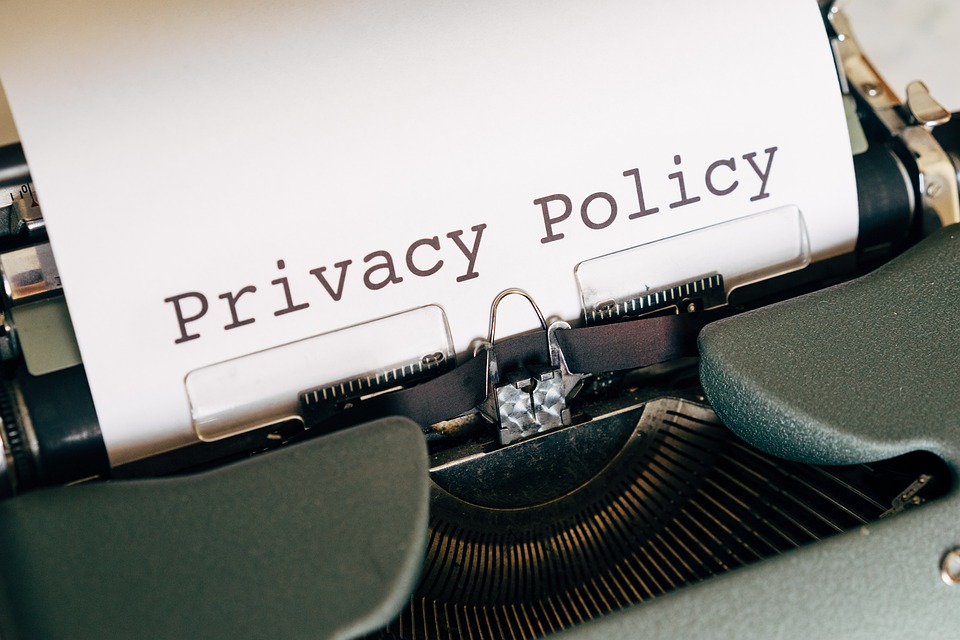The issue of gender equality has been a longstanding challenge that societies around the world have been grappling with for centuries. Despite significant progress in recent decades, gender inequality remains a pervasive issue that continues to impact the lives of individuals across the globe. One of the key factors that shape and influence gender equality is public policy. Public policy plays a pivotal role in shaping the laws, regulations, and programs that govern how societies operate and interact. In this article, we will explore the progress that has been made in promoting gender equality through public policy, as well as the challenges that remain.
Progress in Promoting Gender Equality through Public Policy
In recent years, there have been significant advancements in promoting gender equality through public policy. One of the key milestones in this regard was the adoption of the Beijing Declaration and Platform for Action at the Fourth World Conference on Women in 1995. This landmark document set out a comprehensive framework for advancing gender equality and empowering women, and called on governments to take concrete actions to achieve gender equality in various spheres of society.
Since the adoption of the Beijing Declaration, many countries have made significant strides in enacting laws and policies that promote gender equality. For example, many countries have implemented laws guaranteeing equal pay for equal work, as well as legislation that prohibits discrimination based on gender in the workplace. Additionally, many countries have established government bodies or commissions dedicated to promoting gender equality and women’s empowerment, and have allocated resources to support programs and initiatives aimed at advancing gender equality.
In addition to legislative action, public policy has also played a crucial role in raising awareness and changing attitudes towards gender equality. Governments have implemented public education campaigns and initiatives aimed at challenging gender stereotypes and promoting gender equality. These efforts have helped to foster a more inclusive and equitable society, and have contributed to the growing recognition of gender equality as a fundamental human right.
Challenges in Promoting Gender Equality through Public Policy
While there has been progress in promoting gender equality through public policy, significant challenges remain. One of the key challenges is the persistence of gender stereotypes and social norms that continue to perpetuate gender inequality. Despite efforts to challenge these norms, many societies still hold onto traditional beliefs about gender roles and expectations, which can hinder progress towards gender equality.
Another challenge is the lack of political will and commitment to gender equality. In many countries, there is still resistance to enacting and enforcing laws and policies that promote gender equality, and progress in this area can be slow and uneven. Additionally, budget constraints and competing priorities can limit the resources available for gender equality initiatives, making it difficult to implement comprehensive and effective policies.
Another key challenge is the intersectionality of gender with other forms of discrimination, such as race, ethnicity, class, and sexual orientation. Many individuals face multiple forms of discrimination based on their identities, which can compound the barriers they face in accessing opportunities and resources. Public policies must take into account these intersecting forms of discrimination in order to effectively promote gender equality for all individuals.
Furthermore, the impacts of globalization and economic trends can also pose challenges to promoting gender equality through public policy. Globalization has led to economic changes that have disproportionately affected women, such as the rise of precarious and informal work, which can exacerbate gender inequalities. Public policies must address these economic disparities and ensure that women have equal access to economic opportunities and resources.
Conclusion
In conclusion, public policy plays a crucial role in promoting gender equality and empowering women. While there has been progress in recent years, significant challenges remain that must be addressed in order to achieve gender equality for all individuals. Governments and policymakers must continue to prioritize gender equality and take concrete actions to advance this goal. By challenging gender stereotypes, investing in education and awareness-raising efforts, and addressing the intersecting forms of discrimination that individuals face, public policy can help to create a more inclusive and equitable society for everyone.Gender equality is not only a matter of social justice, but also a prerequisite for sustainable development and prosperity. It is imperative that governments and policymakers around the world prioritize gender equality in their policy decisions and work towards creating a more just and equitable society for all.
